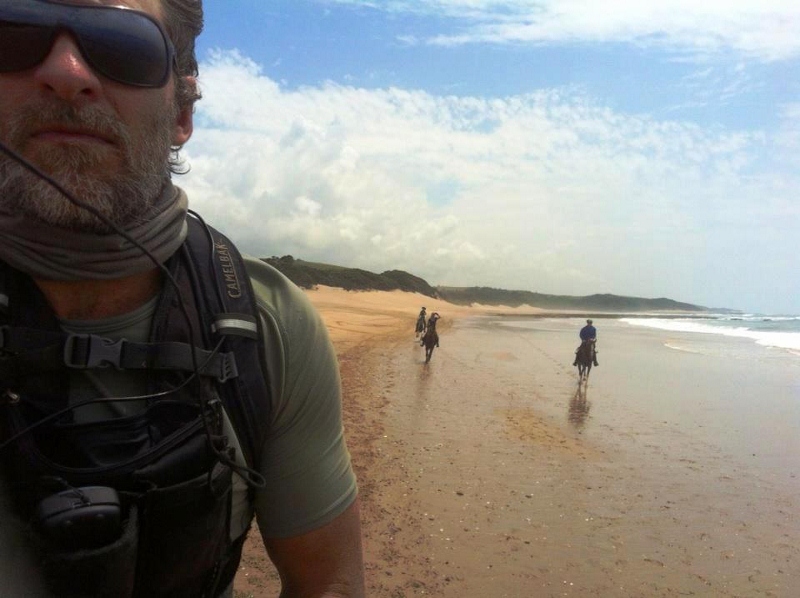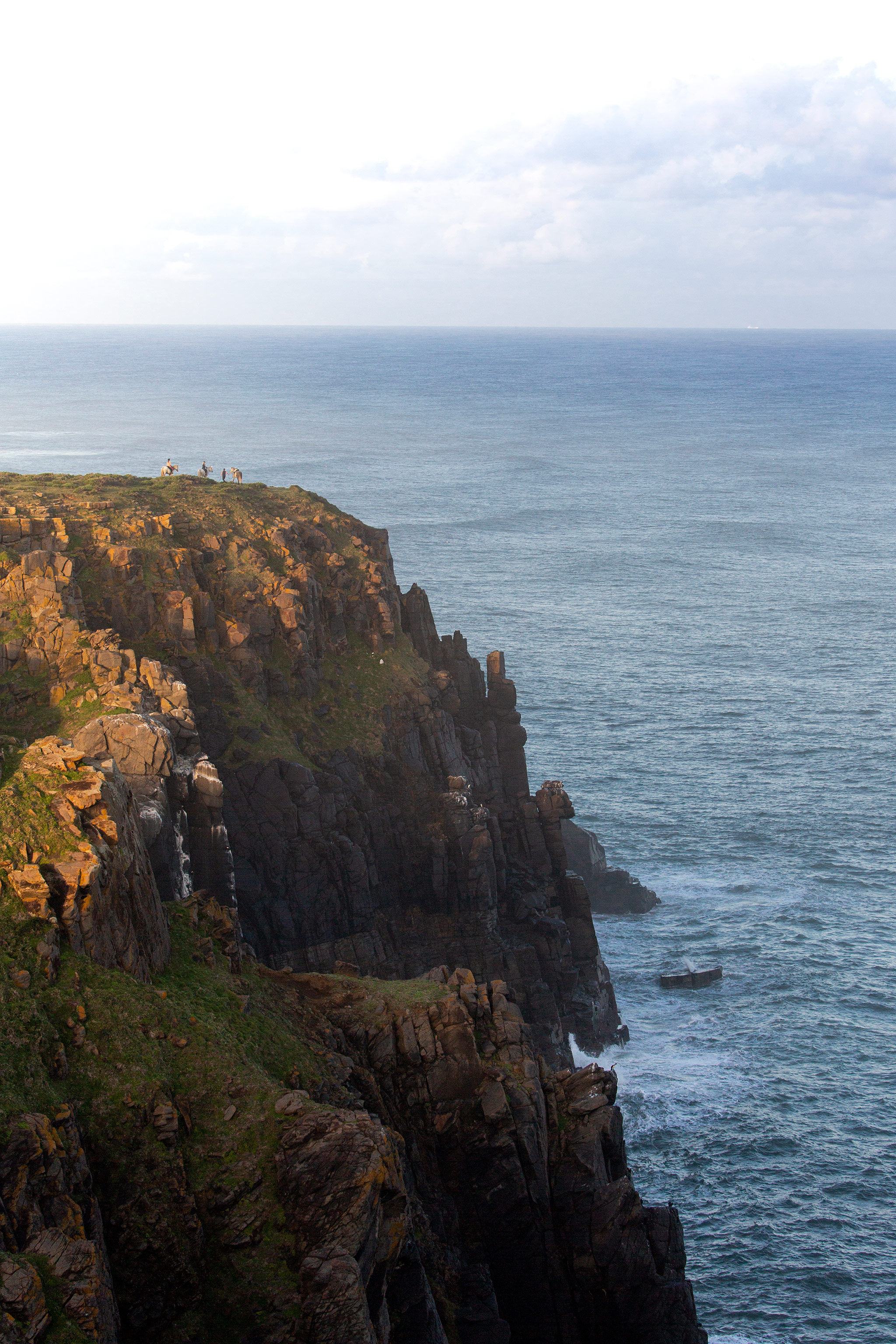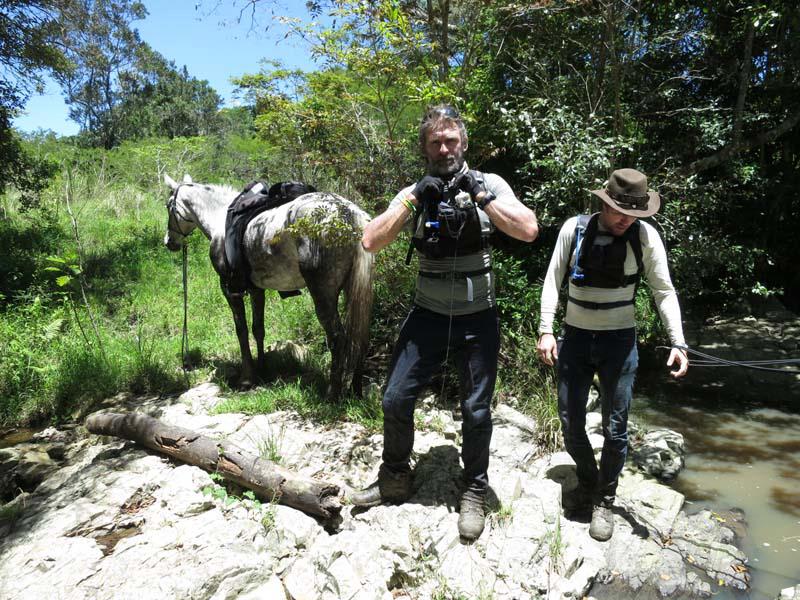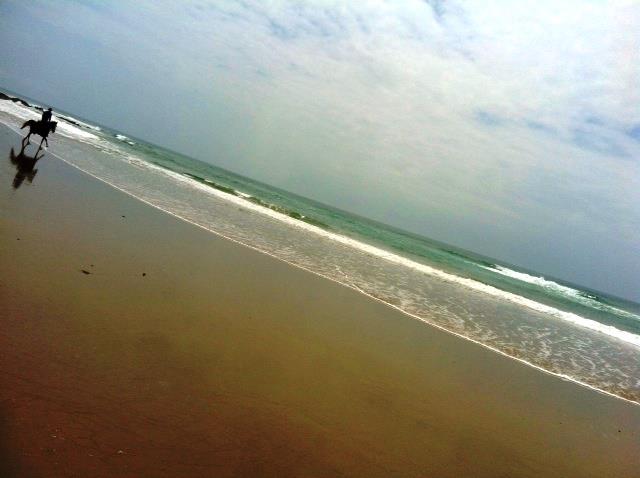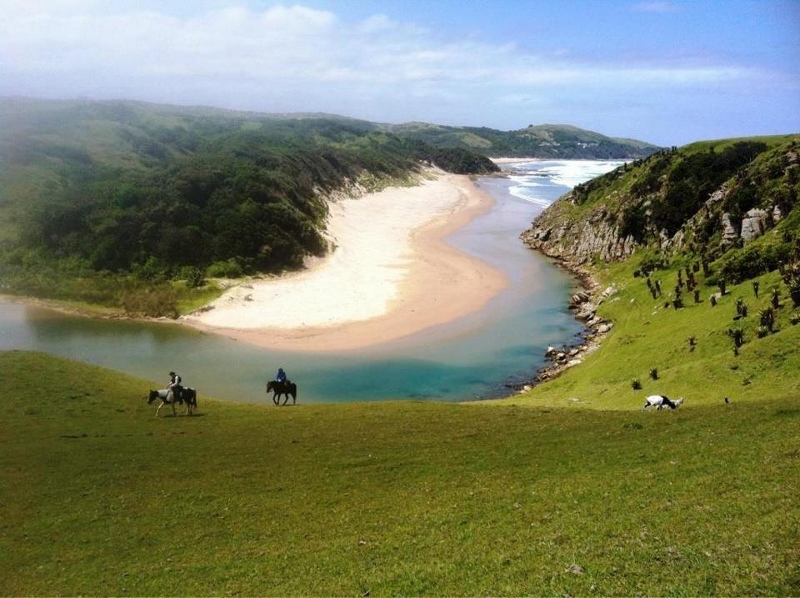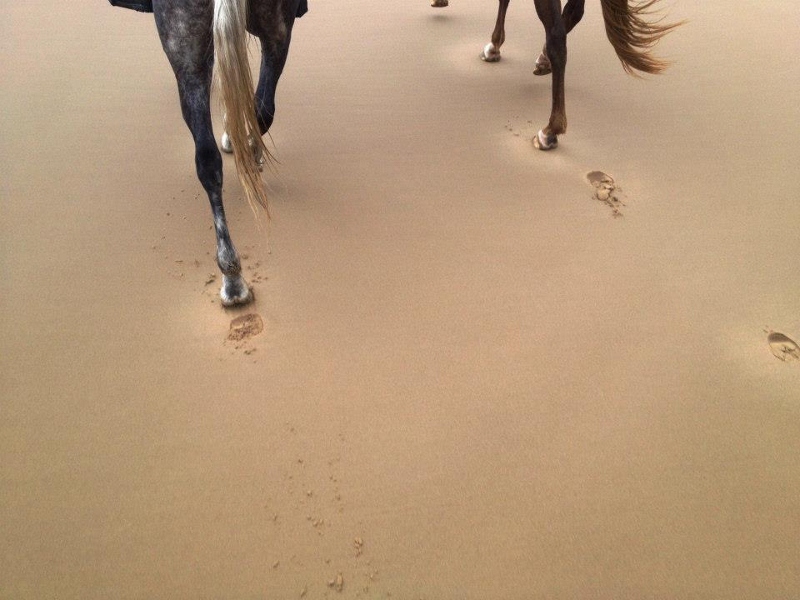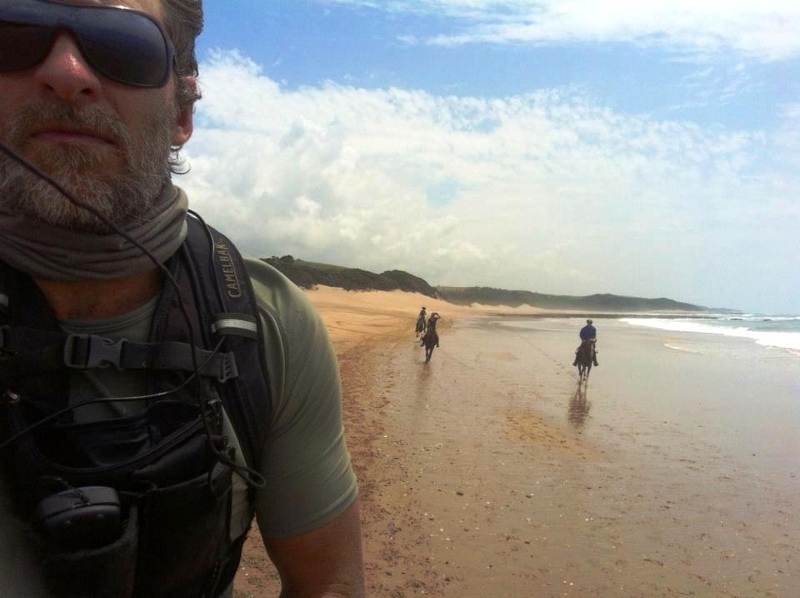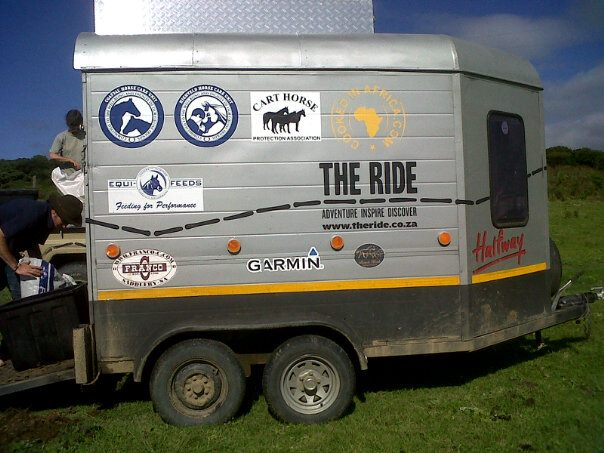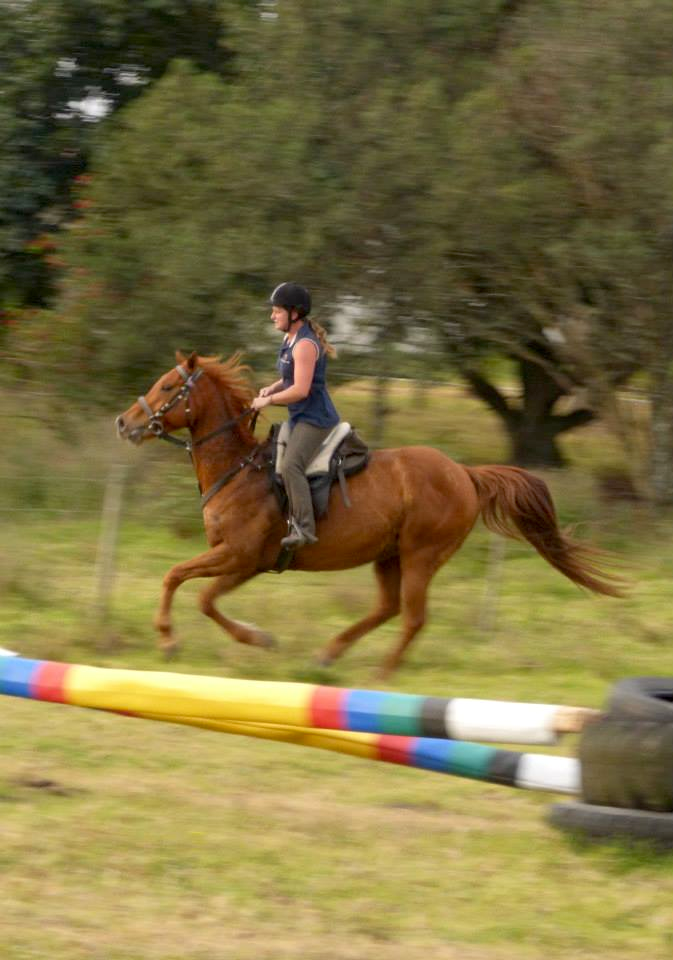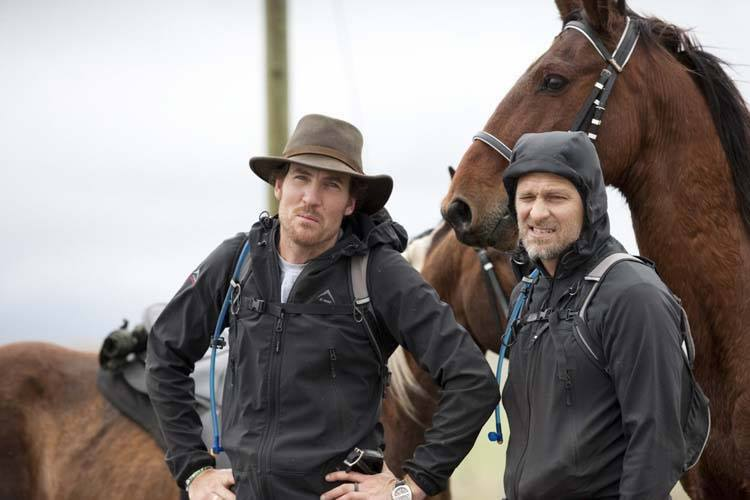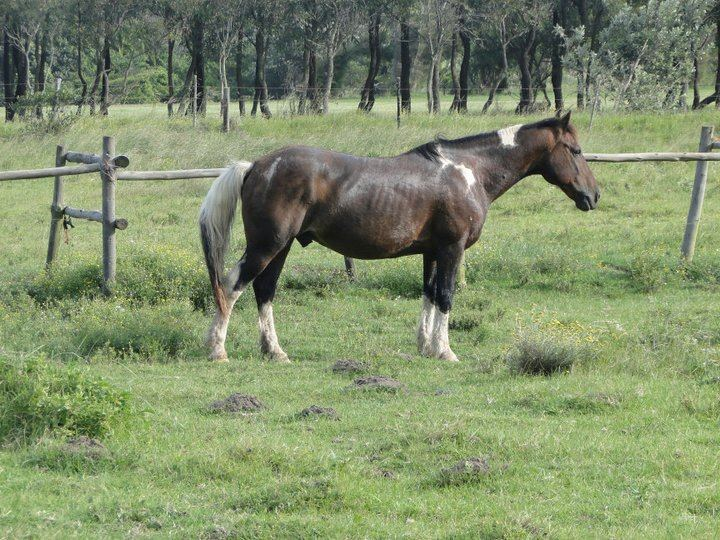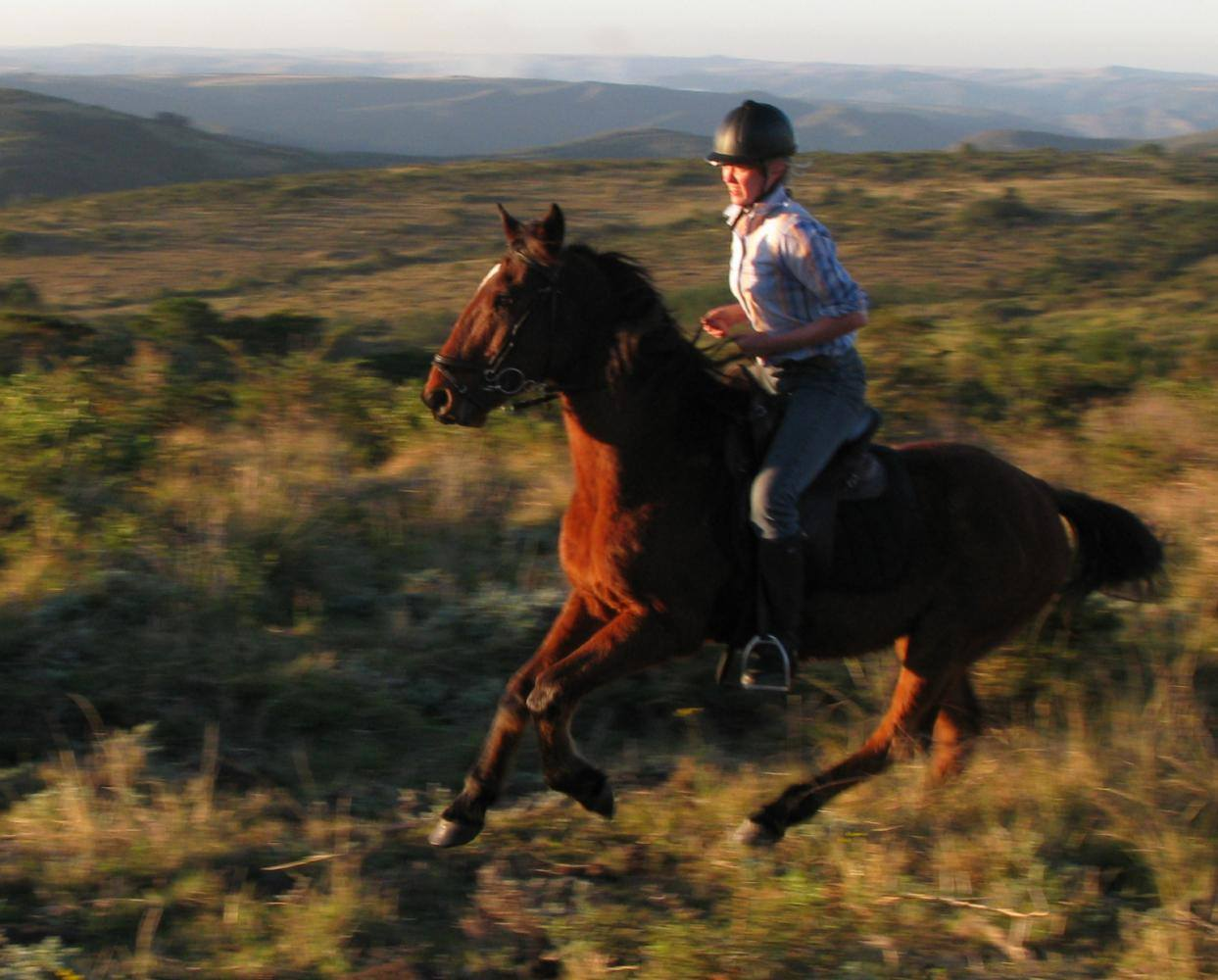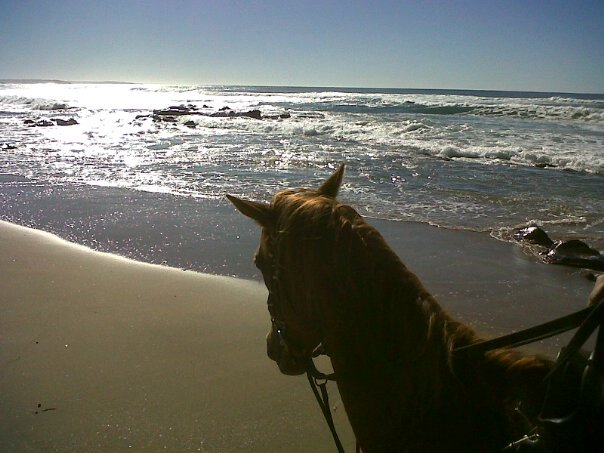Nicky Hoseck
Wild Coast Horses and
the Ride of the Peacemaker
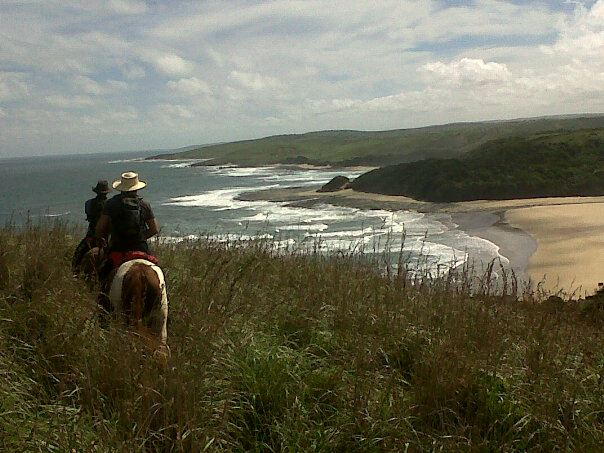
When Maps Run Out: Navigating the Ride of the Peacemaker
The South Africa Barry and Joe were confronted with couldn’t be more different from the one King traversed, but the pair still experienced some of the same challenges faced by King all those years ago.
Admittedly, navigating busy roads probably wasn’t something King had to contend with. Still, when it came to the basics of riding, such as chafes, rubs, tired muscles, and aching knees, King’s experience was probably very similar to that of our modern-day adventurers.
With concrete evidence of King’s journey in the form of maps and other documentation in short supply, Barry was forced to rely on his own unswayable sense of navigation and what historical documents and maps he could scavenge from the archives to piece together a plausible route.
Once actually out on the trail, however, it became more about trusting his instincts, and his horse, to guide him across what had become a vastly different landscape.
Join us on the Wild Coast and experience the spirit of the Ride of the Peacemaker for yourself.

